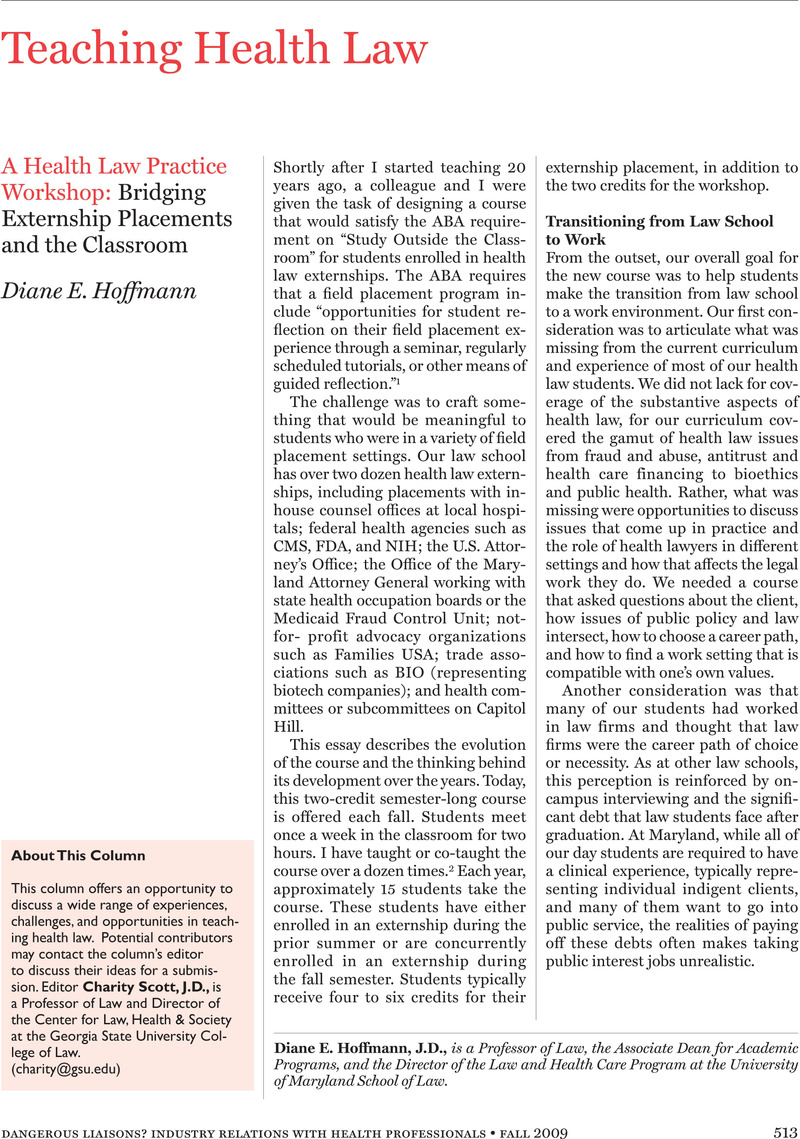Crossref Citations
This article has been cited by the following publications. This list is generated based on data provided by Crossref.
Davis, Sarah
2016.
Educating the New Public Health Law Professional.
Journal of Law, Medicine & Ethics,
Vol. 44,
Issue. S1,
p.
35.





